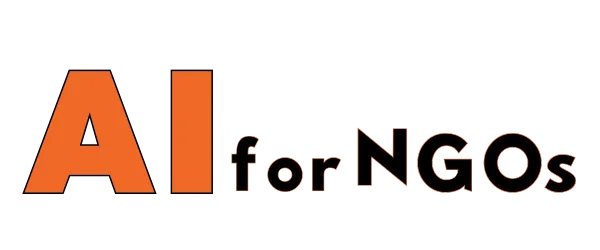In today’s data-driven world, the ability to visualize data is more important than ever. By creating visually appealing and easy-to-understand graphics, organizations can transform raw data into actionable insights that drive change and improve decision-making. Visualizing impact is about more than just creating pretty charts and graphs – it’s about telling a story with data that inspires action and creates real-world change.
The Power of Data Visualization
Data visualization is a powerful tool for turning complex data sets into easily digestible and interpretable graphics. By presenting data visually, organizations can identify trends, patterns, and outliers that may not be apparent in raw data. This allows decision-makers to make informed choices and take action based on evidence, rather than instinct or intuition.
Visualizations can range from simple pie charts and bar graphs to more complex interactive dashboards and maps. The key is to present the data in a way that is both visually appealing and informative, making it easy for viewers to understand the story the data is telling.
Benefits of Visualizing Impact
There are numerous benefits to visualizing impact, including:
- Enhanced understanding of data
- Improved decision-making
- Increased engagement with stakeholders
- Identification of new opportunities or challenges
- Greater transparency and accountability
By visualizing data, organizations can communicate complex information more effectively, leading to better outcomes and more informed stakeholders.
Best Practices for Data Visualization
When visualizing impact, it’s important to keep a few best practices in mind:
- Start with a clear objective: Before creating a visualization, determine what you want to communicate and who your audience is.
- Choose the right type of visualization: Different data sets are best represented by different types of charts or graphs. Consider the best way to present your data visually.
- Keep it simple: Avoid cluttering your visualizations with unnecessary information. Stick to the key points you want to communicate.
- Use color and design wisely: Color can enhance or detract from the effectiveness of a visualization. Choose colors that are easy to distinguish and avoid using too many colors at once.
Conclusion
Visualizing impact is a powerful tool for transforming data into action. By creating visually appealing and informative graphics, organizations can communicate complex information more effectively, leading to better decision-making, increased stakeholder engagement, and real-world change. By following best practices and using data visualization tools strategically, organizations can harness the power of data to drive positive outcomes.
FAQs
What are some common data visualization tools?
Some common data visualization tools include Tableau, Power BI, Google Data Studio, and D3.js.
How can I learn more about data visualization?
There are many online resources available for learning about data visualization, including tutorials, courses, and webinars. Additionally, many organizations offer training programs in data visualization.
What are some examples of impactful data visualizations?
Some examples of impactful data visualizations include the John Snow cholera map, which helped identify the source of a cholera outbreak in London in 1854, and Hans Rosling’s TED Talks, which used data visualizations to explain complex global trends.









